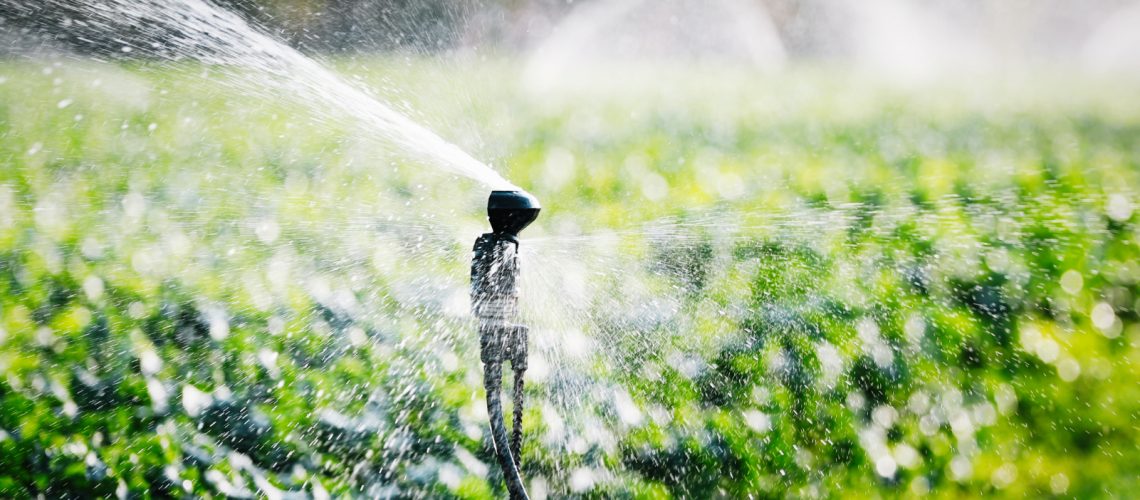Irrigation will keep your lawn green and your crops healthy. However, you need to be careful about how much water you give your plants. Too much water will waste this precious resource, while too little will affect the health of the plants.
You need to have an appropriate irrigation runtime set. What is this? How can you determine what is right and keep track? Here is a detailed look with all the answers you need.
What is Irrigation Run Time?
By simple definition, this is the duration of time when your irrigation system will be running. It is when the sprinklers or drips will be releasing water to the ground.
So, no matter what irrigation system you have installed, you need to understand the irrigation run time properly.
The Benefits of Proper Irrigation Run Times
Irrigation scheduling will help you determine when to irrigate and how much water to put out there. Having proper irrigation run times will confer several benefits, including:
- Saving water by only using what is needed.
- Increased yield by ensuring plants get the water they need.
- Automating the process saves on human resources.
- Hydrozoning prevents over or underwatering of plants.
Factors that Determine Irrigation Run Time
The irrigation run time for your irrigation system may not be the same as that of a farmer growing the same crop in Texas. Even your neighbor may require a different setting. What determines this?
Evaporation and Transpiration Rate
The evapotranspiration (ET) rate is the frequency at which the soil loses moisture. This is usually through two processes, namely evaporation, and transpiration. Evaporation is the conversion of water into moisture due to heating. The rate at which this occurs will depend on the amount of sunlight and wind.
On the other hand, transpiration is the process by which plants lose water through their leaves. It depends on environmental factors and the specific type of plants. ET rate is usually expressed in millimeters per hour. See the Florida Automated Weather Network for the latest ET rate and other weather updates.
Rainfall
It may seem obvious that you should not irrigate when it is raining, but how soon after the rains stop should you irrigate?
Plants should be irrigated frequently during hot sunny days and less frequently during rainy days. Consider using a system with a rain sensor. This will bypass any scheduled irrigation cycle when sufficient rain falls.
Type of Plants
Turfgrass is shallow-rooted and therefore needs more watering compared to the Bermuda or buffalo grasses which require less watering. This statement gives a clear picture of the difference in plant water needs.
Research the plants you have and find out their specific water needs. Only irrigate a plant as much as needed.
Instead of having an irrigation system that only has one switch, you can choose one that allows you to control the water supply in different parts of the lawn or farm. The Southwest Florida Service and Supply has several systems to choose from.
Determining the Irrigation Run Time
With the above factors in mind, you will be able to easily determine the ideal irrigation run time for your new irrigation system.
You may do the calculations manually, but using an online runtime calculator may be more useful. There are many options, among which is the free Hunter runtime calculator.
After determining your irrigation run time, look at your location’s specific water conservation measures and adhere to the set irrigation schedule.
Tracking Irrigation Run Times
Manual vs. Automatic Irrigation Systems
Manual systems will be operated by hand, whereas automated systems can be set to irrigate without someone holding the nozzle. The latter is more expensive to install than the prior, but the benefits outweigh the disadvantages.
To track the run time of your system easily, use an automatic irrigation system. For best results, have your system fitted with:
- An irrigation controller, which will be set to the determined run times.
- A soil moisture sensor that senses the soil moisture levels and turns the irrigation system on or off as needed.
- A rain sensor.
- Has an option to control the watering individual zones.

